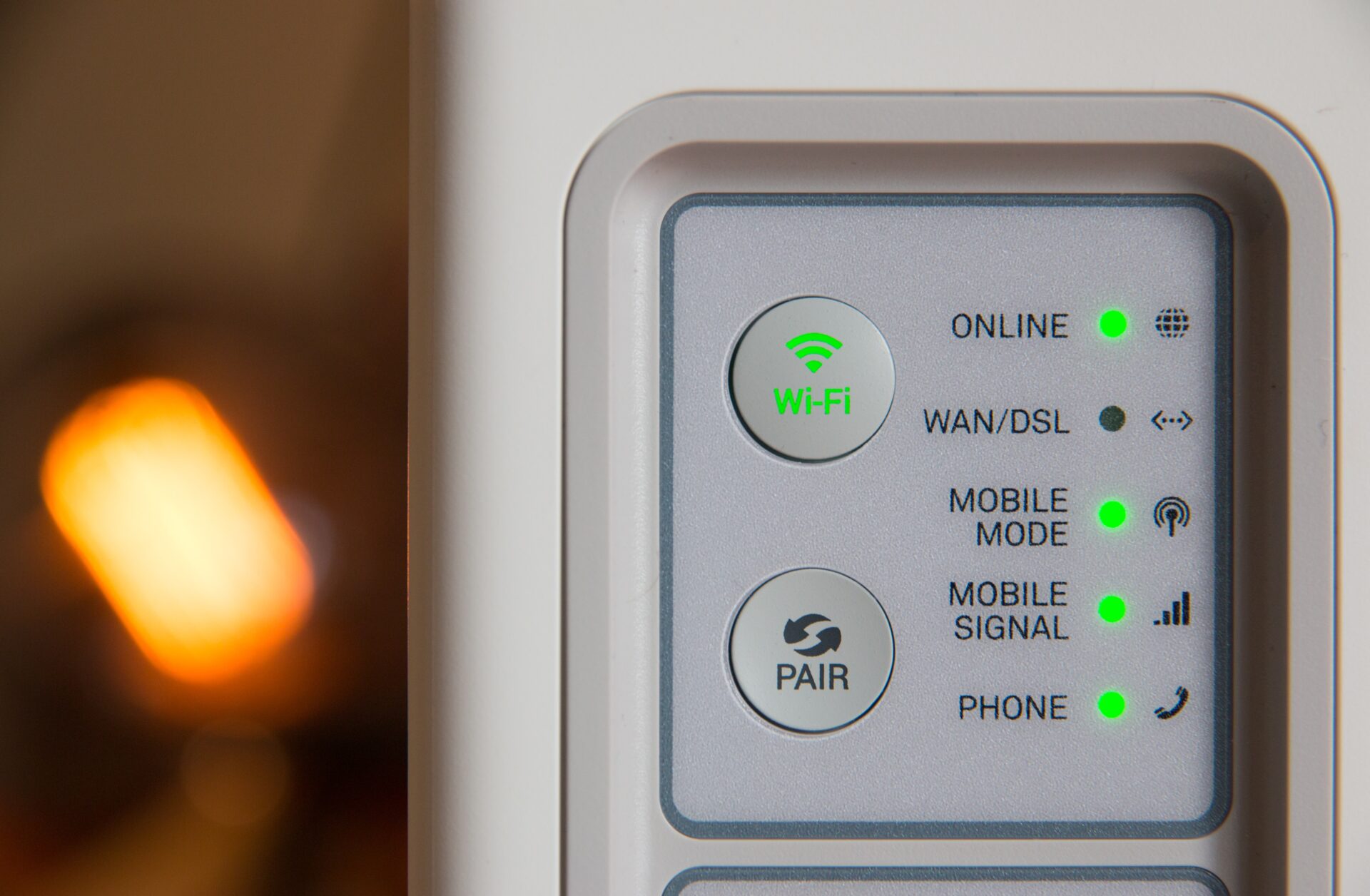Introduction
Having a strong and reliable Wi-Fi signal is essential for seamless internet connectivity. However, many factors can affect the performance of your Wi-Fi network, such as distance, obstacles, and interference. In this guide, we will explore various techniques to maximize Wi-Fi signals using your existing router, ensuring a stable and fast internet connection for your home or office.
1. Optimize Router Placement
The placement of your router plays a crucial role in maximizing Wi-Fi signals. Follow these tips:
- Position your router in a central location to ensure coverage throughout your space.
- Avoid placing the router near walls, floors, or other obstacles that can block the signal.
- Elevate the router to a higher position, such as on a shelf or mounted on a wall, to minimize interference.
2. Update Router Firmware
Regularly updating your router’s firmware is essential for improved performance and security. Check the manufacturer’s website for the latest firmware version and follow their instructions to update your router. Firmware updates often include bug fixes, performance enhancements, and new features that can boost your Wi-Fi signal strength.
3. Adjust Wi-Fi Channel
Wi-Fi routers operate on different channels, and interference from neighboring networks can impact signal strength. To optimize your Wi-Fi signal:
- Access your router’s settings by typing its IP address into a web browser.
- Find the “Wireless” or “Wi-Fi” section and locate the channel settings.
- Experiment with different channels to find the one with the least interference.
4. Upgrade Antennas
Some routers allow you to upgrade or replace the antennas to enhance signal strength and coverage. Consider purchasing high-gain antennas or directional antennas that focus the signal in specific directions, especially if you have dead spots in your space. Consult your router’s manual or the manufacturer’s website for compatible antenna options.
5. Use Wi-Fi Range Extenders
If you have areas with weak Wi-Fi signals, consider using Wi-Fi range extenders. These devices amplify the existing Wi-Fi signal, extending its reach to cover larger areas. Place the range extender strategically between your router and the weak signal area to ensure optimal coverage.
6. Enable Quality of Service (QoS)
Quality of Service (QoS) settings on your router prioritize certain types of network traffic, ensuring a smoother experience for bandwidth-intensive activities like streaming or gaming. Enable QoS in your router’s settings and configure it to prioritize the devices or applications that require a stable and fast connection.
7. Best Routers for Signal Strength
While optimizing your existing router is crucial, investing in a high-quality router can significantly improve signal strength and overall Wi-Fi performance. Here are some top-rated routers known for their signal strength:
- Google Nest WiFi
- TP-Link Archer A7
- NETGEAR Nighthawk AX12
- ASUS RT-AC5300
- Linksys EA9500
These routers offer advanced features, excellent coverage, and reliable signal strength, making them ideal choices for maximizing your Wi-Fi signals.
Conclusion
By following these tips and optimizing your existing router, you can maximize Wi-Fi signals and enjoy a fast, stable, and reliable internet connection. Remember to regularly update your router’s firmware, experiment with different channels, and consider upgrading antennas or using Wi-Fi range extenders if necessary. Additionally, investing in a top-rated router known for its signal strength can further enhance your Wi-Fi experience. Enjoy seamless connectivity and make the most out of your internet connection!


